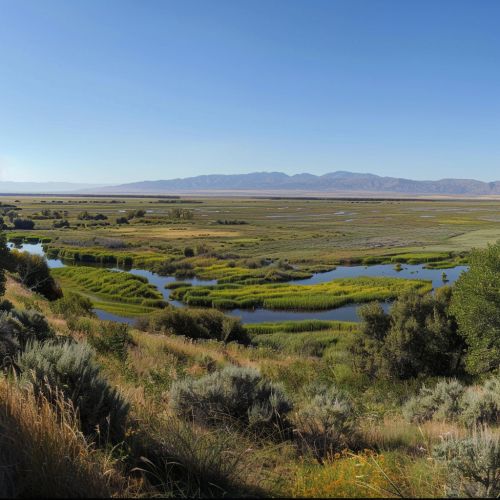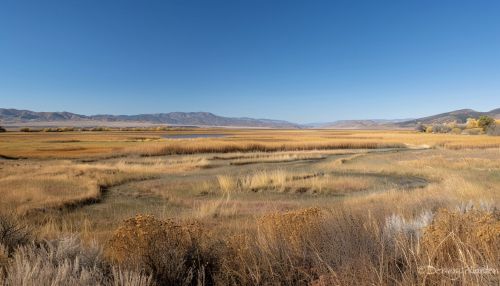Deer Flat National Wildlife Refuge
Overview
The Deer Flat National Wildlife Refuge is a significant conservation area in the United States, located primarily in the state of Idaho, with a small section extending into Oregon. Established in 1909, it is one of the oldest National Wildlife Refuges in the U.S. The refuge, managed by the U.S. Fish and Wildlife Service, covers an area of approximately 11,100 acres, providing a vital habitat for a diverse range of wildlife species.


Geography
The Deer Flat National Wildlife Refuge is situated in the southwestern region of Idaho, with a small portion extending into eastern Oregon. The refuge is primarily composed of a large freshwater reservoir known as Lake Lowell, which was created by the Bureau of Reclamation for irrigation purposes. The surrounding land, which includes both upland and wetland habitats, forms the rest of the refuge.
Ecology
The refuge is home to a rich diversity of wildlife, including mammals, birds, reptiles, and amphibians. It is particularly known for its bird population, with over 250 species recorded. This includes migratory birds such as the Canada goose and mallard duck, as well as resident species like the red-tailed hawk and great horned owl.
Management and Conservation
The management of the Deer Flat National Wildlife Refuge is focused on the conservation of wildlife and their habitats. This involves a range of activities, including habitat restoration, invasive species control, and wildlife population monitoring. The refuge is also involved in environmental education and outreach programs, aimed at promoting wildlife conservation among the local community and visitors.
Recreation
The Deer Flat National Wildlife Refuge offers a variety of recreational activities for visitors. These include wildlife viewing, bird watching, fishing, hunting, and hiking. The refuge also has several picnic areas and interpretive trails, providing opportunities for educational and leisure activities.
